-
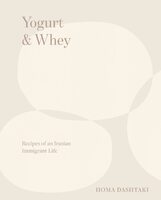
Practicing traditional Iranian methods of yogurt making passed down through her family, Homa Dashtaki runs the White Moustache Yogurt Company and continues to revitalize ancient yogurt dishes. This book features a hundred recipes that utilize yogurt and whey, a byproduct of yogurt making, in both traditional and innovative ways.
-
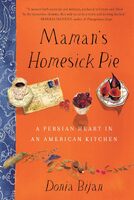
"Maman's Homesick Pie" is a captivating and emotionally rich memoir by Iranian American chef Donia Bijan, centering on her family's transition from Iran to California in 1978. Bijan uses food as a language to navigate her journey from her Persian roots to her American life, her culinary education in Paris, and her successful career as a bistro owner in San Francisco. The memoir features thirty inspired recipes that mix her Persian heritage with her expertise in French cooking. It also stands as a tribute to the women, especially her mother, who motivate us to fulfill our potential.
-
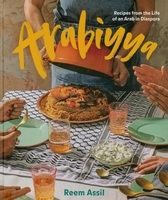
Reem Assil, the daughter of a Palestinian mother and Syrian father, shares meticulously written recipes for the dishes her family brought with them and those they created in their new homes. This cookbook serves as a cultural bridge for Arab families, especially those displaced and experiencing prejudice, using food as a healing link to their traditions. Assil often infuses her recipes with a blend of tradition and innovation, introducing unique twists to conventional dishes, such as incorporating cocoa nibs into Egyptian dukkah or adding hazelnut praline to baklava rolls.
-
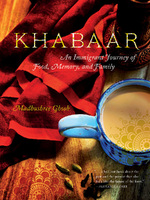
This book uniquely combines memoir, political commentary, and recipes. Madhushree Ghosh's narrative begins with her early life as an Eastern Bengali refugee in New Delhi and culminates in her current role as a scientist and vice president of a global biotech firm in San Diego. Viewing food as a powerful memory trigger that "makes us believe we’re still part of the land we left", Ghosh masterfully interweaves culinary descriptions with an intriguing exploration of culture, identity, and personal trials.
-
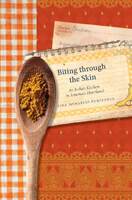
"Biting through the Skin" is a memoir and cookbook that presents a first-generation immigrant's view on growing up in America. Moving from Bengal, India, to Pittsburg, Kansas in 1964, Nina Mukerjee Furstenau’s family maintained their cultural and spiritual values, primarily through Bengali cooking, while also embracing American culture. Sharing the back-pocket recipes of her family, Furstenau invites readers to consider the role of food in preserving cultural heritage, fostering community, and creating a sense of belonging.
-
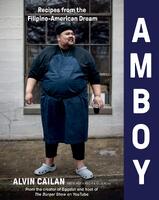
The term "amboy" refers to a Filipino raised in America. Alvin Cailan, who was brought up in an immigrant family in East Los Angeles, has risen to become a professional chef and a significant figure in the Filipino food movement in America. This unique cookbook presents his life's journey through enticing recipes and intriguing stories.
-
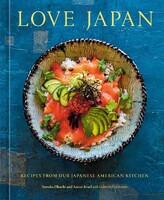
Love Japan is a collection of cherished family recipes from chefs Sawako Okochi and Aaron Israel, the married owners of Brooklyn's Shalom Japan. These dishes, steeped in the Japanese flavors and techniques Sawako learned from her mother, are fused with influences from Aaron's Jewish heritage, as well as modern interpretations and evolutions.
-
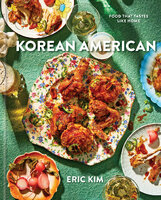
Eric Kim's debut cookbook, Korean American, is a collection of recipes and essays exploring his Korean-American identity. Growing up as the son of Korean immigrants in Atlanta, food played a pivotal role in Kim’s life. The book features recipes from Korean barbecue to innovative Korean-American fusion dishes, alongside essays on subjects like leaving home and the significance of Thanksgiving to a first-generation family. Kim's aim is to give readers a deep understanding of Korean culinary culture and how it intertwines with his American upbringing, ultimately illustrating how through food and cooking, he found acceptance and the confidence to own his story.
-
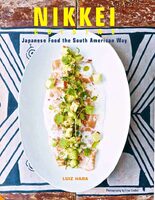
Nikkei cuisine embodies the culinary traditions of the Japanese diaspora. In this captivating cookbook, Brazilian Japanese chef and author Luiz Hara explores the blend of Japanese and South American cuisines. He presents an array of recipes ranging from everyday dishes from his childhood to creations from Michelin-starred Nikkei chefs. Each chapter highlights a group of fundamental Japanese ingredients and their uses in traditional Japanese cooking, followed by innovative recipes designed for global kitchens.
-

The Hakka, an ethnic group originating from Northern China, has dispersed and established communities throughout Asia and the world in a series of migrations spanning a thousand years. Linda Lau Anusasananan embarks on a journey from her family kitchen in California to the Hakka homelands in China, gathering over 140 Hakka recipes from around the world, including Hong Kong, Taiwan, Singapore, Malaysia, Canada, Peru, and more. She considers Hakka cooking a form of "soul food," reflecting a "shared history of hardship and oppression."
-
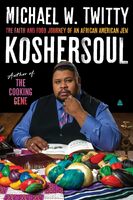
Koshersoul delves into the intersection of two unique culinary traditions: the global Jewish diaspora and African Atlantic food cultures. View in the the creation of African-Jewish cooking as "a conversation of migrations and a dialogue of diasporas offering a rich background for inventive recipes and the people who create them," Michael W. Twitty celebrates the journeys and cultural expressions of Jews of Color.
-
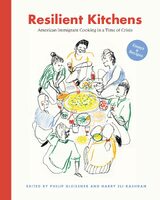
"Resilient Kitchens: American Immigrant Cooking in a Time of Crisis" is a collection of essays exploring the experiences of immigrants in the U.S. through the lens of culinary practices and food system, particularly during the COVID-19 pandemic. It combines personal narratives and investigative journalism, and includes recipes that allow readers to engage with the stories in their own kitchens.
-
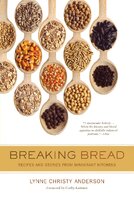
Cape Verdean Katxupa, Italian Fettuccini, Russian Mushroom Casserole, Brazilian Peixada, Moroccan Couscous, Indian Lamb Biriyani, Vietnamese Goi Cuon, and Tuong Ngot--each dish tells the stories of individuals and families who have left their homelands but retained memories of home through their cooking. Breaking Bread encapsulates Chef Lynne Anderson's exploration of immigrant kitchens in the United States, demonstrating how food can evoke memories of a lost world for those who have left much behind.
-

Nitobe's final lecture at the University of Illinois as reported by the Daily Illini 4/27/1912
-
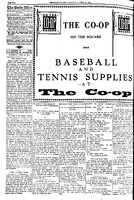
Nitobe's lecture on the moral ideas of the Japanese people as reported in the Daily Illini
-
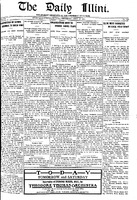
Nitobe's lecture on the religion of the Japanese people as reported in the Daily Illini
-
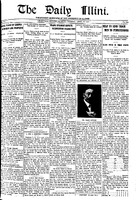
Nitobe's lecture on young men of Japan in relation to young me of America as reported in the Daily Illini.
-

Nitobe's lecture on agriculture in Japan
-
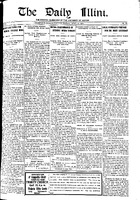
Nitobe's lecture on how Japanese are a mixed race
-

Description of Nitobe's lecture on the history of Japan
-
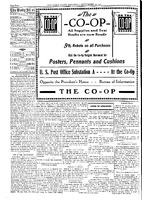
Further describes the upcoming Nitobe Lectureship
-
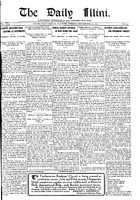
Announces the Nitobe Lectureship and information about Inanzo Nitobe
-

-
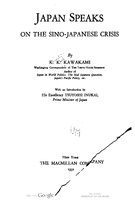
-
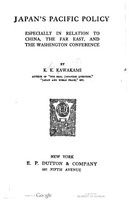
description
























